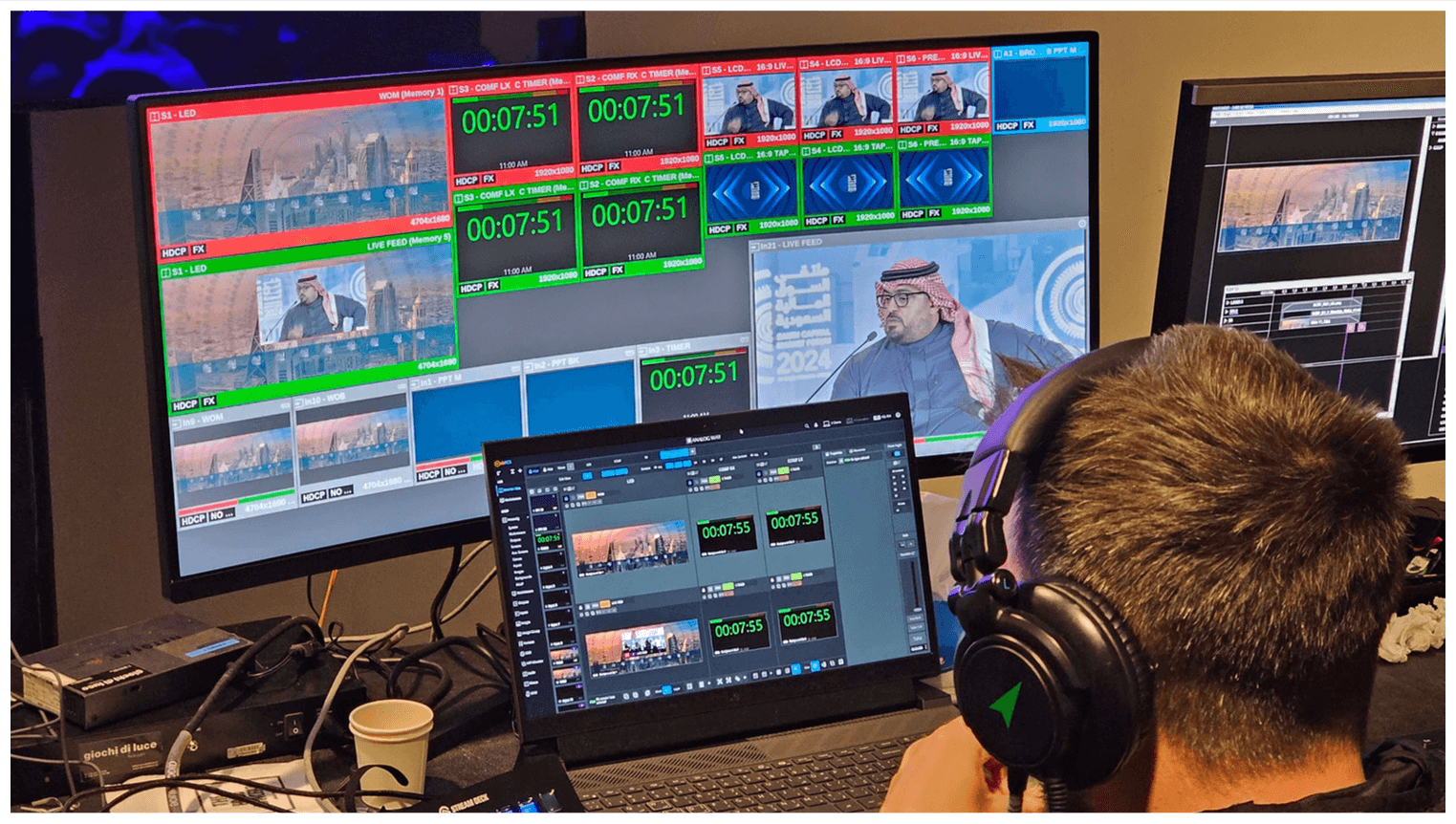Researched and written by Evan – ~4 min read

Let’s be honest: translation used to be judged the old-fashioned way, by reading it. A linguist would go over the text, compare it to the original, and give a thumbs up (or a lot of red pen). But nowadays, with millions of words being translated every day by humans and machines, we need something quicker, more scalable, and just as sharp.
Enter: automated translation quality evaluation. 🚀
What Is It Exactly?
Automated Translation Quality Evaluation (AQE) refers to the use of artificial intelligence, algorithms, and language models to assess how “good” a translation is, without a human checking every line. It’s a little like having a grammar nerd built into your computer, one that can handle 50 languages at once.
Sounds like magic? It kind of is.
But like any magic trick, it’s helpful to understand how it works behind the scenes—and what it can and can’t do.
Why We Even Need This
Let’s imagine you’re a global business launching a product in 15 countries. That means you might be dealing with:
- 500,000 words to translate
- 30+ translators
- Multiple levels of review
- Tight launch deadlines
Now imagine having to check all of those translations by hand. Every single one.
That’s where automated quality evaluation comes in. It helps teams track, measure, and flag issues in real time. Not to replace human reviewers, but to support them and prioritize where their attention is needed most.
How Does Automated Evaluation Work?
There are several methods for AQE, but let’s keep it simple and explore three main types:
-
Rule-Based Checks
Think of this like your classic spellcheck or grammar tool. These systems are trained to detect basic errors like punctuation, repeated words, or formatting inconsistencies. It’s fast, and it catches the low-hanging fruit.
-
Reference-Based Scoring (e.g., BLEU, TER, METEOR)
These tools compare a machine-translated sentence to a “reference” human translation. The more similar they are, the higher the score.
⚠️ The catch? If there are multiple “correct” ways to say the same thing (which is often the case in translation), these scores can be misleading.
-
AI & Machine Learning Models (Like COMET or BERTScore)
These are the cool kids of AQE. They use advanced language models to understand meaning, not just wording. These systems can evaluate whether the translation preserves the message and tone, even if the wording differs from a reference.
In 2025, tools like these are quickly becoming the industry standard.
Benefits of Automated Evaluation
So, why is this such a big deal? Here’s what makes AQE a game-changer:
- Speed: Thousands of words can be evaluated in seconds.
- Scalability: Whether you’re translating 10 blog posts or an entire website, AQE scales easily.
- Cost-Effective: It reduces the hours (and budget) needed for manual QA.
- Consistency: Algorithms don’t get tired. They apply rules uniformly every time.
- Better Collaboration: Reviewers can focus on the critical fixes, rather than wasting time on typos.
But Let’s Be Real… It’s Not Perfect
While automated tools are powerful, they’re not a silver bullet. Machines still struggle with:
- Cultural nuance
- Tone and voice
- Complex context or humor
- Brand-specific messaging
That’s why human translators and reviewers are still essential, especially for creative, certified, legal, or high-stakes content.
AQE works best when it’s part of a hybrid workflow: humans + machines working together to ensure speed, accuracy, and quality.
What This Means for Businesses
If you’re a business that relies on multilingual content, automated translation evaluation helps you:
- Monitor quality across vendors or language pairs
- Evaluate machine translation engines
- Flag issues before they go live
- Save time and budget
And most importantly? It lets your human experts spend more time polishing content, and less time chasing commas.
Final Thoughts: The Future Is Collaborative
In the evolving world of localization, we’re not asking if humans or machines will win. We’re asking how they can work better together.
At Langpros, we embrace a future where AI supports quality, without sacrificing the human touch that makes content shine. Whether you’re scaling your translation workflow, experimenting with machine translation, or just trying to deliver better global content, automated evaluation is a tool worth knowing.
Want to explore how technology can improve your localization process?
Let’s talk about your goals and build a smarter content strategy together.





